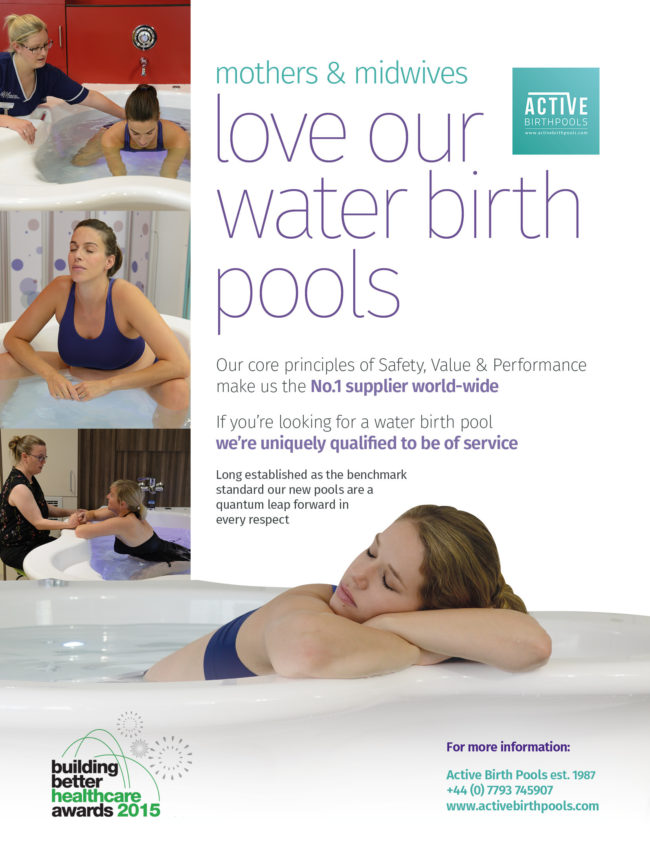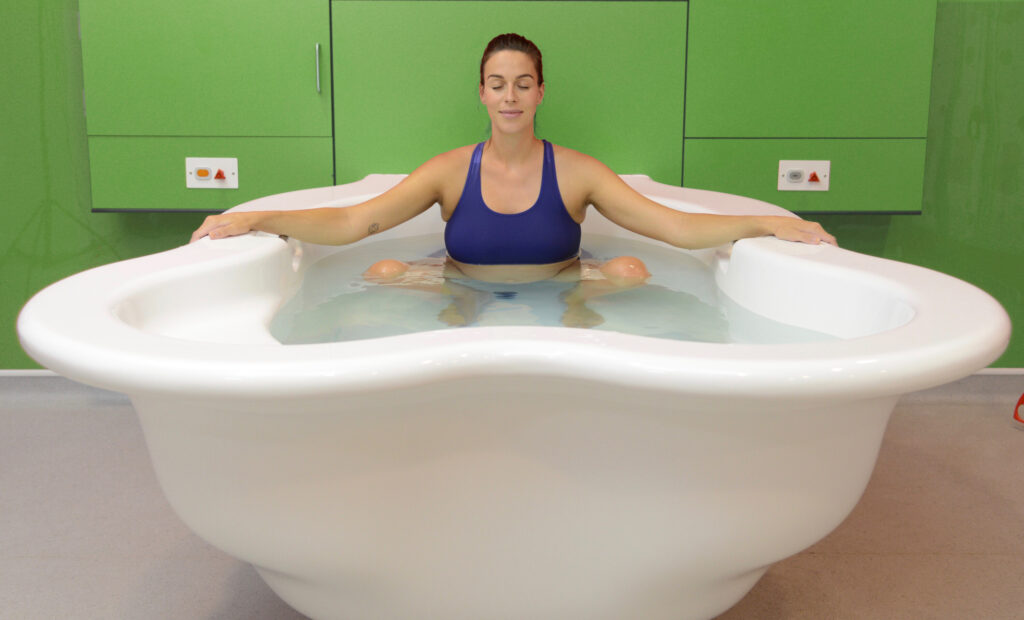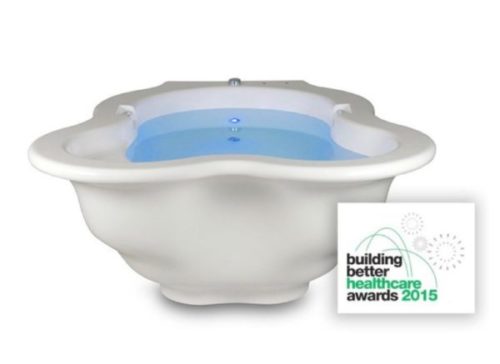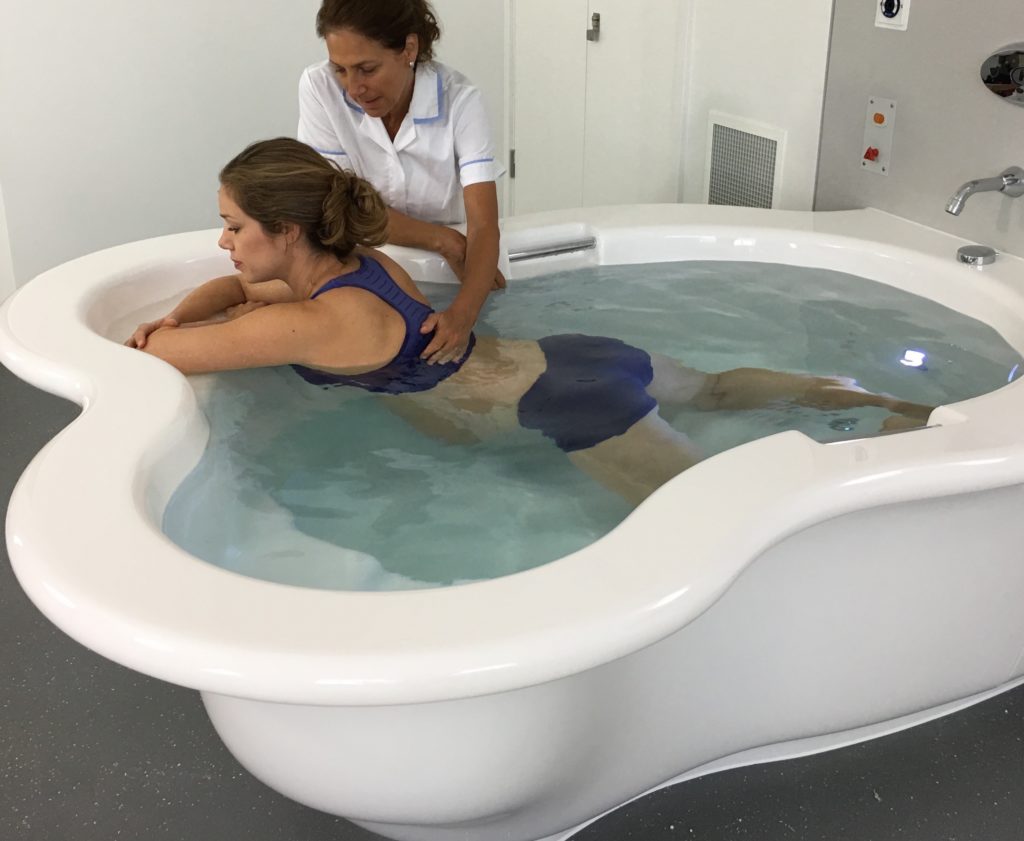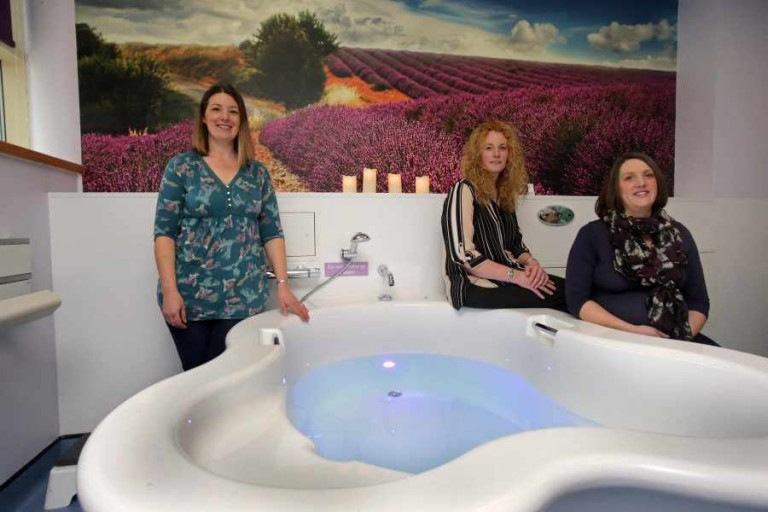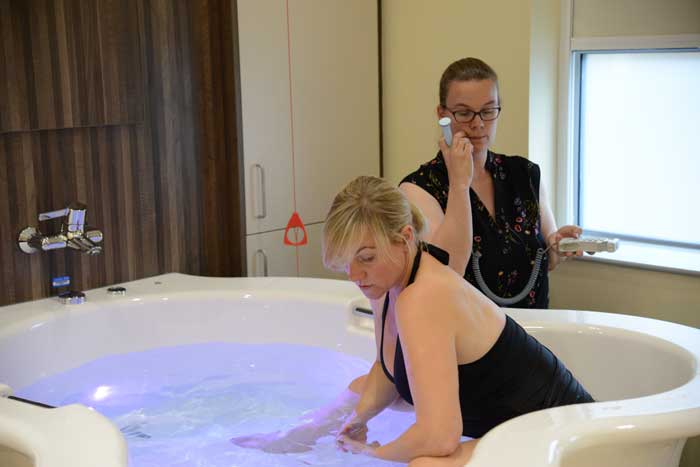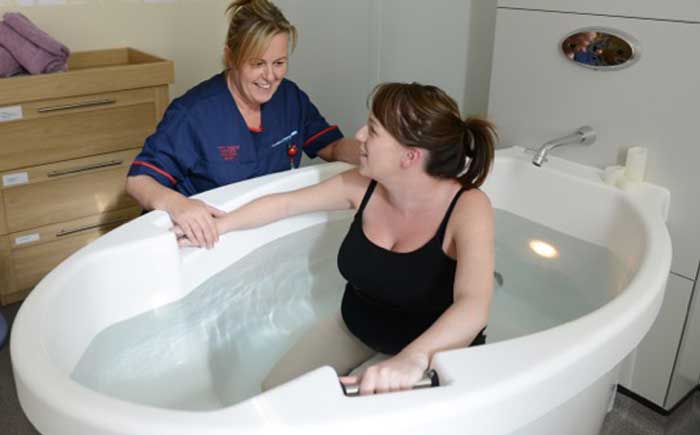A. Thoeni*, F. Ploner and N. Zech 2008
Department of Gynaecology and Obstetrics, District Hospital of Vipiteno, Northern-Italy
Abstract:
Objective: The potential for increased risks of infection is an important concern with water births.
We performed microbiological analyses on water samples taken from birthing pools before and after water births, and compared the rate of neonatal infection arising after water births with that arising after conventional delivery.
Materials and Methods:
In this prospective observational study beginning in 2001, water from the delivery pool was analyzed to determine the prevailing microorganisms.
Two water samples were taken at each delivery.
The first sample (sample A) was taken after the tub was filled with tap water; the second sample (sample B) was taken after the delivery.
The high rate of water contamination with Legionella pneumophila and Pseudomonas aeruginosa led us to install a filter system (Aquasafe –FilterR) into the supply hose for the birthing pool to reduce the water contamination.
This intervention significantly reduced the total microbial loading and there was no longer evidence of Legionella pneumophila.
Furthermore, we determined the rate of neonatal infections in infants delivered in water and compared it with those delivered conventionally out of the water.
Results:
Samples were obtained from 300 out of a total of 1,625 water deliveries, which took place between 2001 and 2007. Before the installation of a filter system, 29% of the A-samples showed bacterial growth with Legionella pneumophila,
22% with Pseudomonas aeruginosa, 18% with enterococci, 32% with coliforms, and 8% with Escherichia coli.
After the installation of the filter system, the water contamination decreased considerably:
– there were no further signs of Legionella bacteria, and Pseudomonas aeruginosa was found in only 3% and coliforms in 13% of the samples, respectively.
By comparing the microbiological composition of the B-samples before and after installation of the filter system, we concluded that the intervention did not influence the microbial loading of the water, which occurred during and as a result of
the whole delivery phase.
The microbiological loading of the water in the birthing pool after it was filled may have partly originated from the insufficient cleaning and disinfections of the birthing pool and after changing the cleaning records there was no longer any evidence of a significant microbial count (unpublished data).
Of the B-samples, 82% contained large amounts of coliforms, 64% contained Escherichia coli with concentrations of up to 105 CFU/100 mL, and 8-12% contained Pseudomonas aeruginosa.
Staphylococcus aureus and Candida spp were also
present in moderate amounts.
The rate of neonates treated with antibiotics for suspected infection on the basis of clinical symptoms (tachypnoea, skin color) or laboratory findings (CRP rise, leukocytosis) was 1.05% after water births (17 out of 1,625) compared with
1.75% (20 out of 1,139) after conventional delivery (p<0.05).
Conclusion:
Based on our results and the literature, water birth is a valuable alternative to traditional delivery when certain criteria are met and risk factors are excluded.
During water birth, faeces are discharged into the pool and the water is
contaminated with a variety of microorganisms.
However, contamination of the water with such microorganisms seems not to translate into an increased risk of neonatal infection.
Please click here to read the full document
